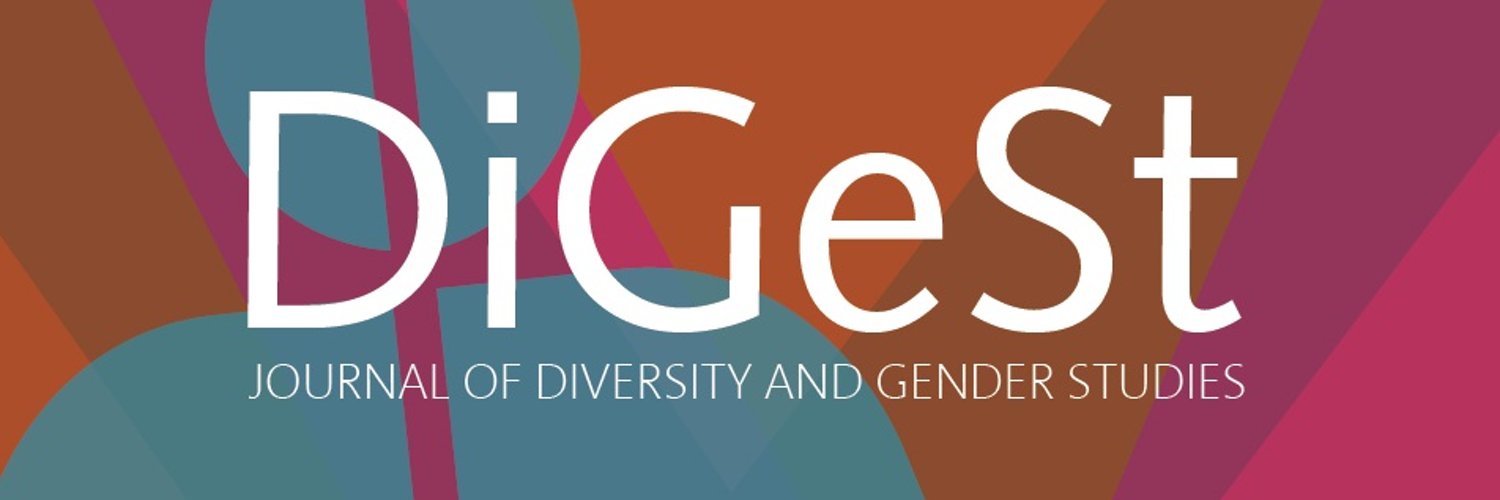The brotherhood of hate: Hyper-masculinity, same-sex desire and far-right identity in Brotherhood
Abstract
The narrative of Danish director Nicolo Donato’s 2009 film, Brotherhood, demonstrates how both the coming out and outing of a gay Neo-Nazi creates dramatic moments of transformation within the film’s storyline. As a result, the audience has to confront the representation of unstable and asymmetrical acts of sexual, social, and political identification. These moments of identification involve acts of violence and betrayal that lead to the creation of a fluid sexual identity on screen. This article examines the choices of the characters within the film and the homosocial world that those characters purposely construct. In order to carry out that examination, key aspects of contemporary Danish political culture are assessed with a view to better understand the ascendency of the far right, anti-migration rhetoric, and the centrality of that political culture within the stories that are told in Brotherhood. The collisions within the Neo-Nazi group over what defines hyper-masculinity, family, violence against migrants, and same-sex desire are best observed through an interdisciplinary analysis that combines film, queer, and sociological research. In the film, a violent, hyper-masculine Neo-Nazi authors a coming-out moment that is both unique and tragic. This assessment of the collisions between homosociality and homoeroticism in the lives of these men creates space for the important and productive analytical deconstruction of hyper-masculinity in a fictionalized Danish far-right political movement.
How to Cite:
Cameron-Gardos, P., (2022) “The brotherhood of hate: Hyper-masculinity, same-sex desire and far-right identity in Brotherhood”, DiGeSt - Journal of Diversity and Gender Studies 9(2), 41–53. doi: https://doi.org/10.21825/digest.81851
Downloads:
Download PDF
View PDF
2162 Views
200 Downloads
